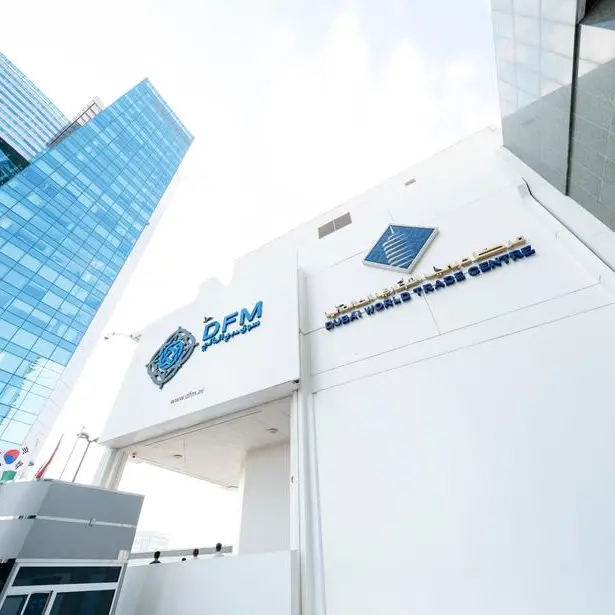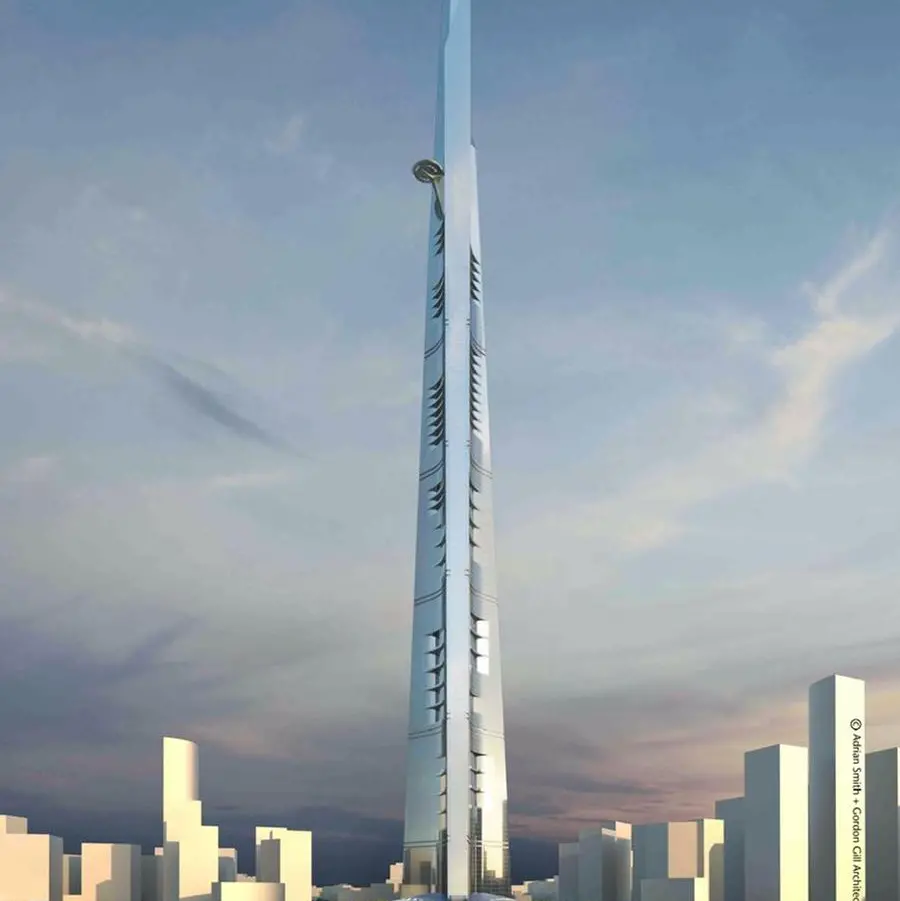PHOTO
Saudi Arabia's aviation market has entered a new phase of rapid growth, facilitated by the fast pace of new country-wide projects as part of the country’s Vision 2030, liberalisation of country entry requirements, and widespread media campaigns to change perceptions of the kingdom. As a nation, the increasing travel demand by a predominantly young Saudi population is enough to justify aviation sector growth — the air transport market in Saudi Arabia is forecast to grow by 126% in the next 20 years. An expanding middle class and a strong demand for commercial air travel continue to make the Middle East a key market for global airlines and investors. The introduction of new technologies, such as biometric identification, autonomous vehicles, and the use of artificial intelligence is set to transform the way people travel in the region, while major infrastructure projects, including new airports and rapid expansion of existing airport hubs, are set to boost capacity.
Riyadh Air, the new Saudi state-owned start-up, plans to replicate and then build on the successes of its Gulf neighbours who diversified oil and gas-based economies by becoming global, liberalised aviation hubs, leveraging the geographic position of the Middle East between Europe, Asia and Africa. It’s a way to join the world’s map as a global destination hub whereby passengers flying long-haul are essentially forced to stop over, — encouraging tourism, business and development.
While the trends demonstrate that demand for international air travel is increasing for the Saudi population, the Saudi aviation strategy outlined at the ICAO UN General Assembly in October 2022 was clear: “The goal is for Saudi Arabia to become a global transit hub” with the launch of a “new carrier” (now branded Riyadh Air). With this in mind, it’s clear that the business focus of Riyadh Air is less on the inevitable passenger flow of Saudi Arabia residents (who are already flying internationally with Saudia, Saudi low-cost carriers, or via neighbouring competitor hubs) and instead on having the airline operate as another Gulf carrier based at a transit hub...and it’s here that Riyadh Air enters an increasingly crowded and competitive market against Emirates based in Dubai, Qatar Airways in Doha, and Turkish Airlines in Istanbul, in the battle for transit passengers.
The way in which the new Saudi carrier plans on taking a slice of the transit market is very much still in the works, but we’ve already heard that the airline plans on attracting passengers with brand-new aircraft, luxurious premium cabins, an emphasis on Saudi hospitality, and an aggressive tourism campaign to encourage stopovers in the kingdom.
It’s not going to be easy, and not just because the airline will be another Gulf airline at another Gulf hub, but because the hub-and-spoke model in aviation is steadily fading to the background amid the rise of efficient point-to-point and ultra-long-haul flights.
Several established major airlines are already luring passengers away from the traditional stopover concept by offering an alternative: Ultra-long haul, nonstop flights with new comfortable cabins (such as Australia’s Qantas, and Singapore Airlines). Qantas will soon launch Sydney-London nonstop, the famous “kangaroo route” and Singapore Airlines is already making money on its ultra-long-haul Singapore-New York service.
The Middle East, but particularly the Gulf, is a region where passengers are already spoilt for choice when flying long-haul. We only need to look to Abu Dhabi’s Etihad Airways (which was declaring multiple-billion-dollar losses a year before the pandemic), along with the lack of strength evident in Oman Air and Kuwait Airways’ business models to see why not all Gulf carriers go on to be successful, despite ambitious visions to do so.
For now, Riyadh Air has ordered Boeing 787-9 jets, consistent with its goals of operating as a transit hub carrier. But the next aircraft order (which CEO Tony Douglas says is coming soon) is likely to provide more insight into the airline’s priorities, and if the focus is to build capacity to compete with Emirates and Qatar for passenger numbers, or if it’s perhaps able to do things a little differently, with the likes of an A321XLR fleet, for example, which could suggest a more modest, efficient route network targeting secondary cities far-and-wide in a much more economically agile way than having to fill 300+ seater widebody jets to transit passengers that are already being adequately served by Gulf neighbour airlines.
If the priority for Riyadh Air is to become a new, modern international airline to connect the world to a fast-growing, energised Saudi Arabia (and vice versa) — the business case is already strong. But another Gulf airline at another Gulf hub to target the existing market of transit passengers presents a significant challenge. However, with full ownership from the state sovereign wealth fund, and ambitious leadership, it’s clear the airline - although late to the party – has decided there is room for one more at the table if only to emphasise to the rest of the world that Saudi Arabia is open for business, even if only for a short stopover between flights.
© Gulf Times Newspaper 2022 Provided by SyndiGate Media Inc. (Syndigate.info).





















